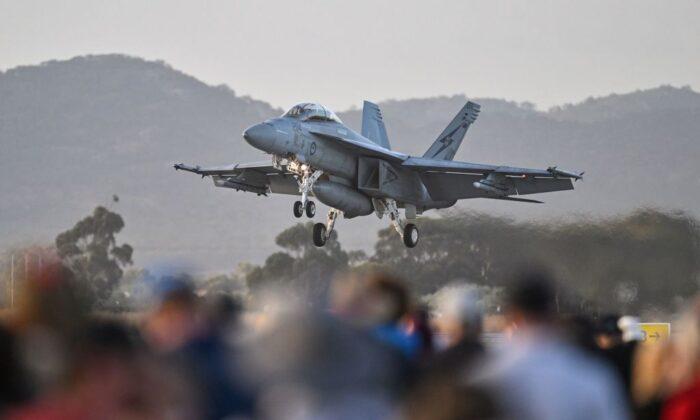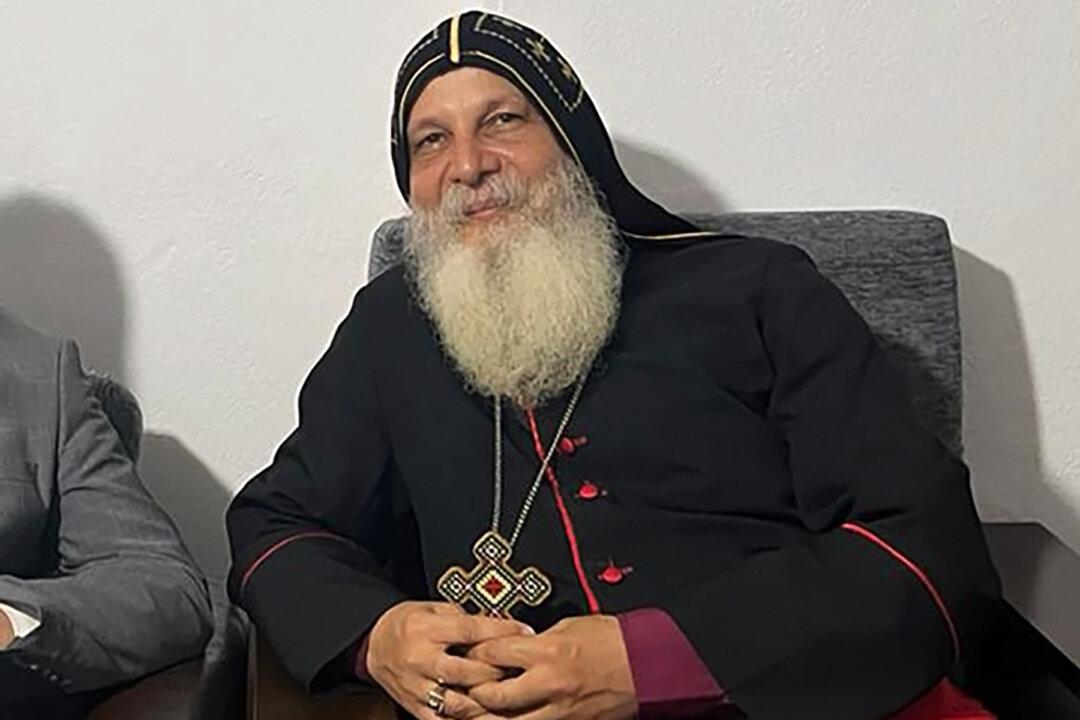The Labor government has pledged $3.8 billion (US$2.5 billion) for upgrades to military bases across Australia’s north as part of a steady build-up to deal with potential conflict in the region.
According to Defence Minister Richard Marles, the new funding push will include $2 billion towards upgrading runways, fuel storage, accommodation, and security at air bases at RAAF Base Learmonth in the Cocos (Keeling) Islands, as well as in the Northern Territory and northern Queensland.
Another $1 billion to upgrade major training areas at the Robertson Barracks in Darwin and the Lavarack Barracks in Townsville in northern Queensland.
While the naval bases HMAS Coonawarra, HMAS Cairns, and the Harold E. Holt Naval Communications station will receive $600 million. Another $200 million will go towards accelerating other projects in the north.
Part of the Defence Strategic Review
The pledge forms part of the Albanese government’s commitment to implement recommendations from the recently handed down Defence Strategic Review.“Our immediate investment in these bases will ensure our defence force is able to operate from them effectively.”
The Defence Strategic Review handed down on April 24 confirmed the ongoing evolution of the Australian Defence Force (ADF) from a “balanced” land-based fighting force used to fighting in the Middle East to one more specialised to deal with potential conflict in the immediate region.
In recent years, the build-up of the Chinese People’s Liberation Army in the Taiwan Strait and South China Sea has forced military planners to look at how to better operate in maritime environments comprised largely of islands.
Strengthening the ‘Porcupine’
The newly available funds will be diverted towards purchasing long-range missile systems.“More HIMARS rocket systems and land-based maritime strike,” said Defence Industry Minister Pat Conroy.
“So this is about getting an Australian army that’s shaped for our current strategic circumstances and going from a service whose greatest range for its artillery are 45 kilometres to one that can project power in excess of 500 kilometres. So this is about reshaping the army to modernise it, to be quite frank,” he told ABC Radio.
Other recommendations include acquiring land-based missile launchers primed for hitting naval targets.
“In that context, we need to be a porcupine.”






Friends Read Free